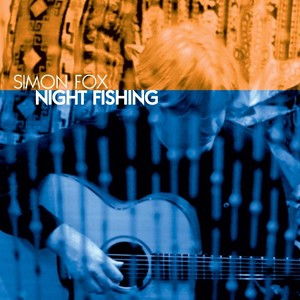Content:
Summer, with its scorching heat and vibrant landscapes, offers anglers a unique opportunity to enjoy the beauty of nature while pursuing their passion for fishing. Among the various water bodies, streams provide a serene and challenging environment for anglers to hone their skills. In this article, we will delve into the art of summer stream fishing, offering essential techniques and tips to help you land those prized catches.
Understanding Summer Stream Conditions
Summer streams can be unpredictable, with water temperatures, flow rates, and fish behavior changing rapidly. To succeed in this environment, it is crucial to understand the following:
Water Temperature: As temperatures rise, fish become more active and can be found in cooler, deeper areas. Keep an eye on the water temperature, as it can dictate the best spots to fish.
Flow Rate: Summer streams tend to have higher flow rates due to melting snow and heavy rainfall. This can make it challenging to fish, but also presents opportunities for catching fish that are actively feeding.
Sunlight: Direct sunlight can be detrimental to fish, causing them to seek shade. Early morning and late afternoon are often the best times to fish when the sun is less intense.
Choosing the Right Gear
Selecting the appropriate gear is essential for a successful summer stream fishing trip. Here are some key points to consider:
Rod and Reel: A lightweight, fast-action rod is ideal for summer stream fishing. The reel should be durable and capable of handling light line and small hooks.
Line: Use a monofilament line with a small diameter, such as 4 to 6 pounds. This allows for more sensitivity and reduces the likelihood of spooking fish.
Hooks: Small hooks, such as sizes 8 to 14, are best for summer stream fishing. These hooks are less likely to scare fish and are suitable for a variety of bait.
Bait: Natural bait, such as worms, minnows, or insects, is often more effective than artificial lures in summer streams. However, if you prefer artificial baits, choose flies or lures that mimic the natural prey of the fish in your chosen stream.
Techniques for Summer Stream Fishing
Now that you have the right gear, it's time to apply some fishing techniques to increase your chances of success:
Nymphing: This technique involves presenting a nymph (a type of fly or lure) just below the water's surface. It is particularly effective in summer streams, as fish often feed near the bottom during hot weather.
Dry Fly Fishing: On cooler mornings or in the shade, dry fly fishing can be very productive. The key is to match the hatch, or choose flies that resemble the insects currently hatching in the stream.
Streamers: Streamers are large, lifelike lures that can be cast and retrieved through the water. They are excellent for targeting larger fish, such as trout or bass, in summer streams.
Casting Techniques: In a fast-moving stream, precise casting is crucial. Practice overhead casting to ensure your lure lands where you want it, avoiding snags and spooking fish.

Reading the Water: Pay attention to the flow of the stream. Obstacles like rocks, logs, and vegetation can hold fish. Cast to these areas and adjust your approach based on the current and depth.
Patience and Timing: Summer stream fishing can be challenging, requiring patience and a willingness to wait. Be prepared to spend time on the water, and don't get discouraged by a few missed opportunities.
Final Thoughts
Summer stream fishing is a rewarding and enjoyable pastime that requires practice, patience, and a deep understanding of the environment. By following these essential techniques and tips, you'll be well on your way to becoming a master of summer stream fishing. Remember to respect the natural habitat and practice catch-and-release whenever possible. Happy fishing!












